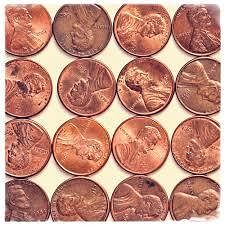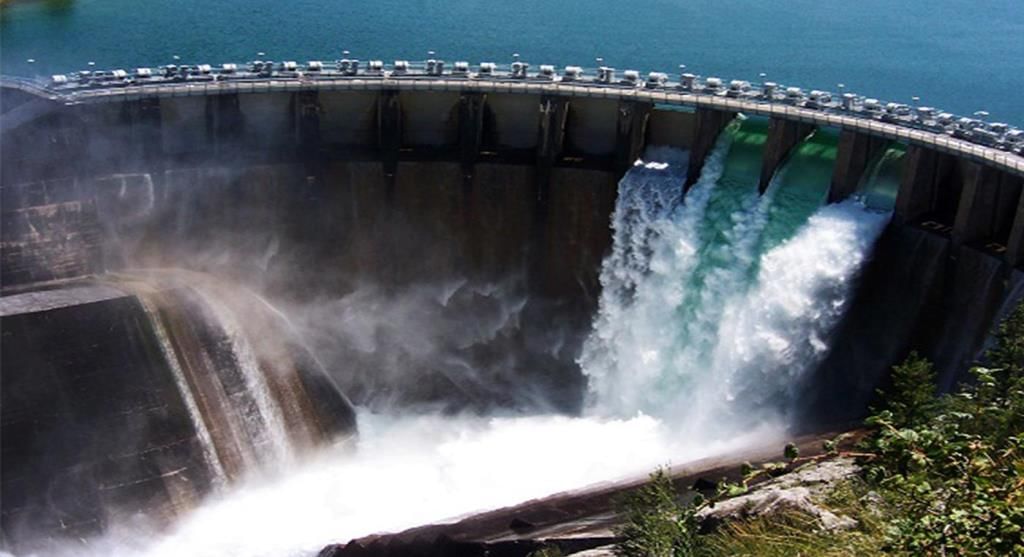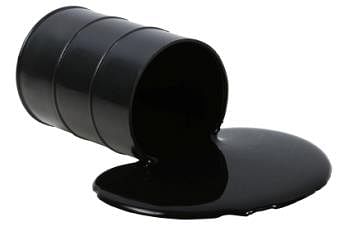NCERT Solutions for Class 8 Geography - Mineral and Power Resources
Exercises
Q1. Answer the following questions.
(i) Name any three common minerals used by you every day.
Ans: Salt, Gold and Copper are three common minerals used every day.
 Copper Coins.
Copper Coins.
(ii) What is an ore? Where are the ores of metallic minerals generally located?
Ans: Rocks from which minerals are mined are known as ores. For any material to be called ore of any mineral, it must contain minimum adequate quantity of that mineral so that it can be extracted profitably.
 Examples of ores.
Examples of ores.
(iii) Name two regions rich in natural gas resources.
Ans: Russia and Norway are the two regions rich in natural gas resources.
(iv) Which sources of energy would you suggest for
(a) Rural areas
(b) Coastal areas
(c) Arid regions
Ans:
(a) Biogas energy for rural areas
(b) Hydel and tidal energy for coastal areas
 Hydel power.(c) Wind and solar energy for arid regions
Hydel power.(c) Wind and solar energy for arid regions
(v) Give five ways in which you can save energy at home.
Ans: Five ways in which energy can be saved at home:
- Switching off lights, fans and other electrical appliances when not in use
- By seeing to it that electrical devices are operating efficiently; for example, defrosting refrigerator regularly and not keeping the refrigerator door open for longer than necessary
- Using energy-efficient devices such as fluorescent bulbs and tubes
- Using energy efficiently while cooking; for example, keeping the lids of pans on while cooking
- Unplugging electrical devices when not in use prevents leakage of electricity; thus saving energy.
Q2. Tick the correct answer.
(i) Which one of the following is not a characteristic of minerals?
(a) They are created by natural processes.
(b) They have a definite chemical composition.
(c) They are inexhaustible.
(d) Their distribution is uneven.
Correct Answer is Option (c)
(ii) Which one of the following is not a producer of mica?
(a) Jharkhand
(b) Karnataka
(c) Rajasthan
(d) Andhra Pradesh
Correct Answer is Option (b)
(iii) Which one of the following is a leading producer of copper in the world?
(a) Bolivia
(b) Ghana
(c) Chile
(d) Zimbabwe
Correct Answer is Option (c)
(iv) Which one of the following practices will not conserve LPG in your kitchen?
(a) Soaking the dal for some time before cooking it.
(b) Cooking food in a pressure cooker.
(c) Keeping the vegetables chopped before lighting the gas for cooking.
(d) Cooking food in an open pan kept on low flame.
Correct Answer is Option (d)
Q3. Give reasons.
(i) Environmental aspects must be carefully looked into before building huge dams.
Ans:
Environmental aspects must be carefully looked into before building huge dams because of the following reasons -
- Dams create imbalance in the earth’s equilibrium.
- Deforestation leads to environmental pollution.
- People become displaced.
- Cities/villages/ towns may require shifting causing a lot of hardships for the people.
- Flood threats loom large.
- Earthquake threats
- Silting of lakes is a problem.
(ii) Most industries are concentrated around coal mines.
Ans: Coal is used as a source of energy and power and also as a raw material in most of the industries. Hence most industries are concentrated around coal mines of the purpose of saving cost of transportation of coal (cost-effectiveness).
(iii) Petroleum is referred to as “black gold”.
Ans: Petroleum is referred to as “black gold” because it is black in colour in the crude form and its derivatives are extremely valuable as petroleum itself. Today it is almost inevitable in our day-to-day life. A variety of products like – kerosene, diesel, petrol, wax, plastics, lubricants etc. are produced from these mineral resources.
 Petroleum: Black gold.
Petroleum: Black gold.
(iv) Quarrying can become a major environmental concern.
Ans: Quarrying can become a major environmental concern because of the following reasons:
- It may destroy the humus of soil which is much required for the growth of plants and crops.
- It produces a lot of noise pollution due to use of explosives at times in order to break the huge chunks of rocks.
- In the process of quarrying lot of dust is generated which causes air pollution and occupational hazards.
- Blasting done in the process of quarrying generate vibration which damage in the nearby buildings, dams or any other similar structure.
Q4. Distinguish between the following.
(i) Conventional and non-conventional sources of energy
Conventional sources of energy | Non-conventional sources of energy |
Have been in common use for a long time | Are not commonly used |
Are generally exhaustible | Are generally inexhaustible |
Are mostly polluting | Are mostly non-polluting |
Example: Firewood, coal | Example: Solar energy, nuclear energy |
(ii) Biogas and natural gas
Biogas | Natural gas |
Formed using organic wastes such as dead plants. | Found along with petroleum deposits and gets |
and animal matter, animal dung and kitchen waste | released when crude oil is brought to the surface |
Is a non-conventional source of energy | Is a conventional source of energy |
Is easily available, especially in rural areas | Is not easily available; very few countries have sufficient natural gas reserves of their own |
Is polluting; causes greenhouse effect as it releases carbon dioxide | Is a cleaner fuel |
Used as a domestic fuel for cooking and lighting | Used as a domestic fuel as well as an industrial fuel |
(iii) Ferrous and non-ferrous minerals
Ferrous mineral | Non-ferrous mineral |
A metallic mineral that contains iron | A metallic mineral that does not contain iron |
Example: Iron ore, manganese | Example: Gold, silver |
(iv) Metallic and non-metallic minerals
Metallic mineral | Non-metallic mineral |
A mineral containing metal in raw form | A mineral not containing metal |
Example: Bauxite, iron ore | Example: Limestone, gypsum |
FAQs on NCERT Solutions for Class 8 Geography - Mineral and Power Resources
| 1. What are mineral resources? |  |
| 2. How are power resources classified? |  |
| 3. What are the negative impacts of mining on the environment? |  |
| 4. What is the importance of power resources in today's world? |  |
| 5. What are the challenges faced in the exploration and extraction of mineral resources? |  |

|
Explore Courses for Class 8 exam
|

|


















